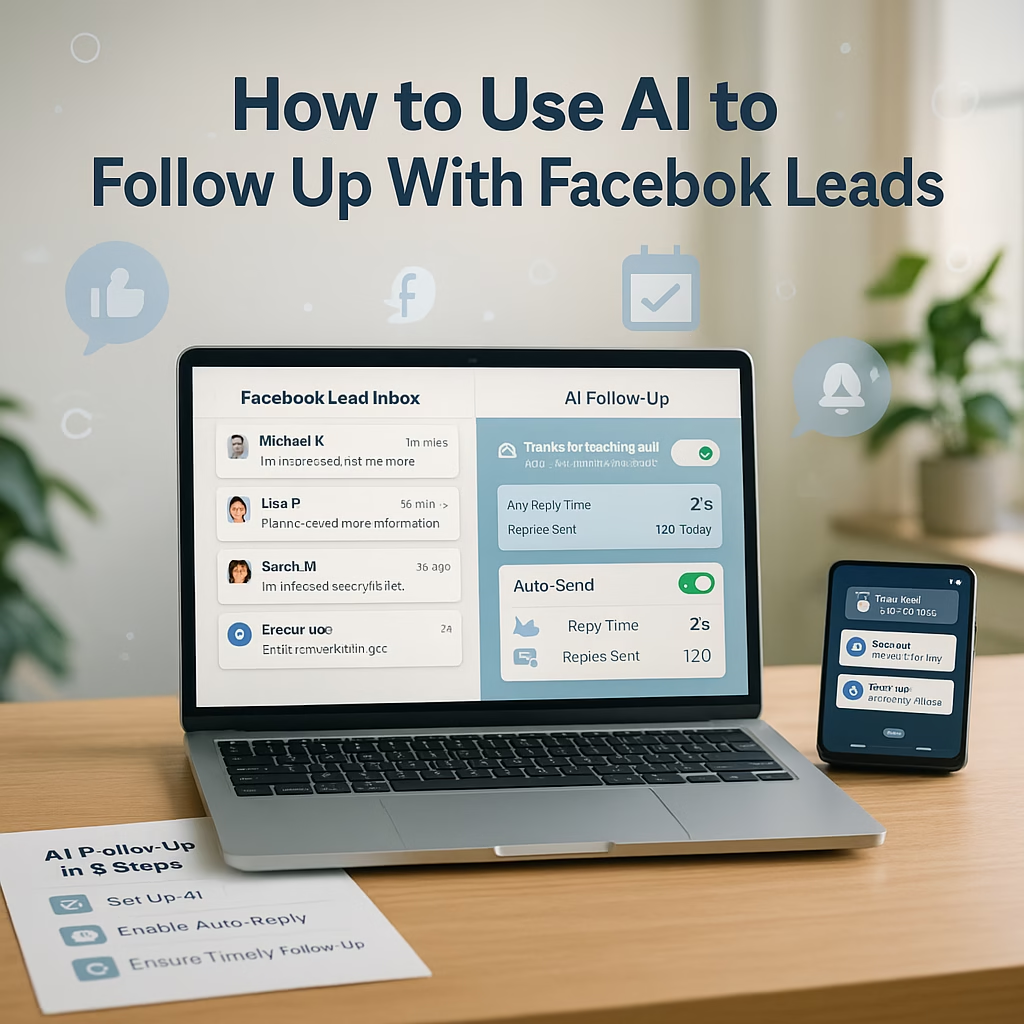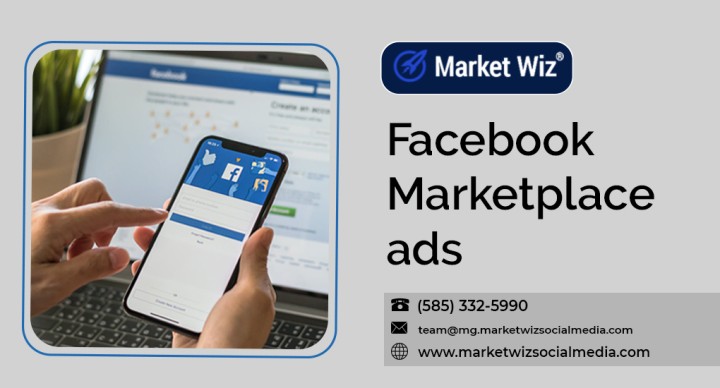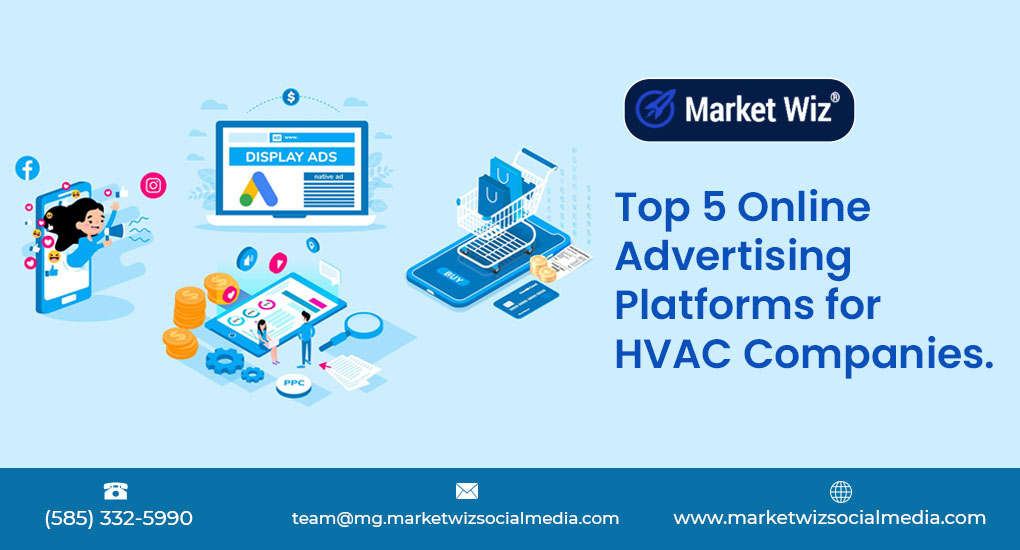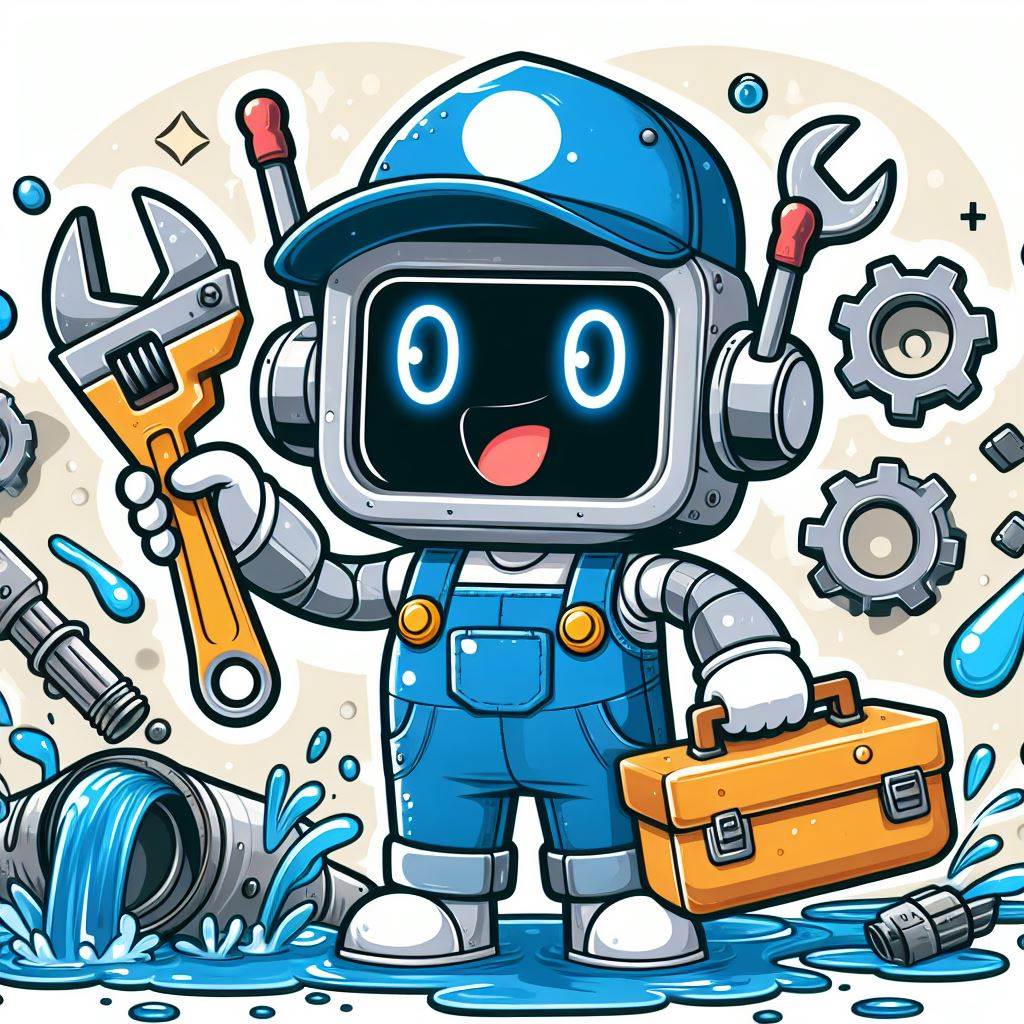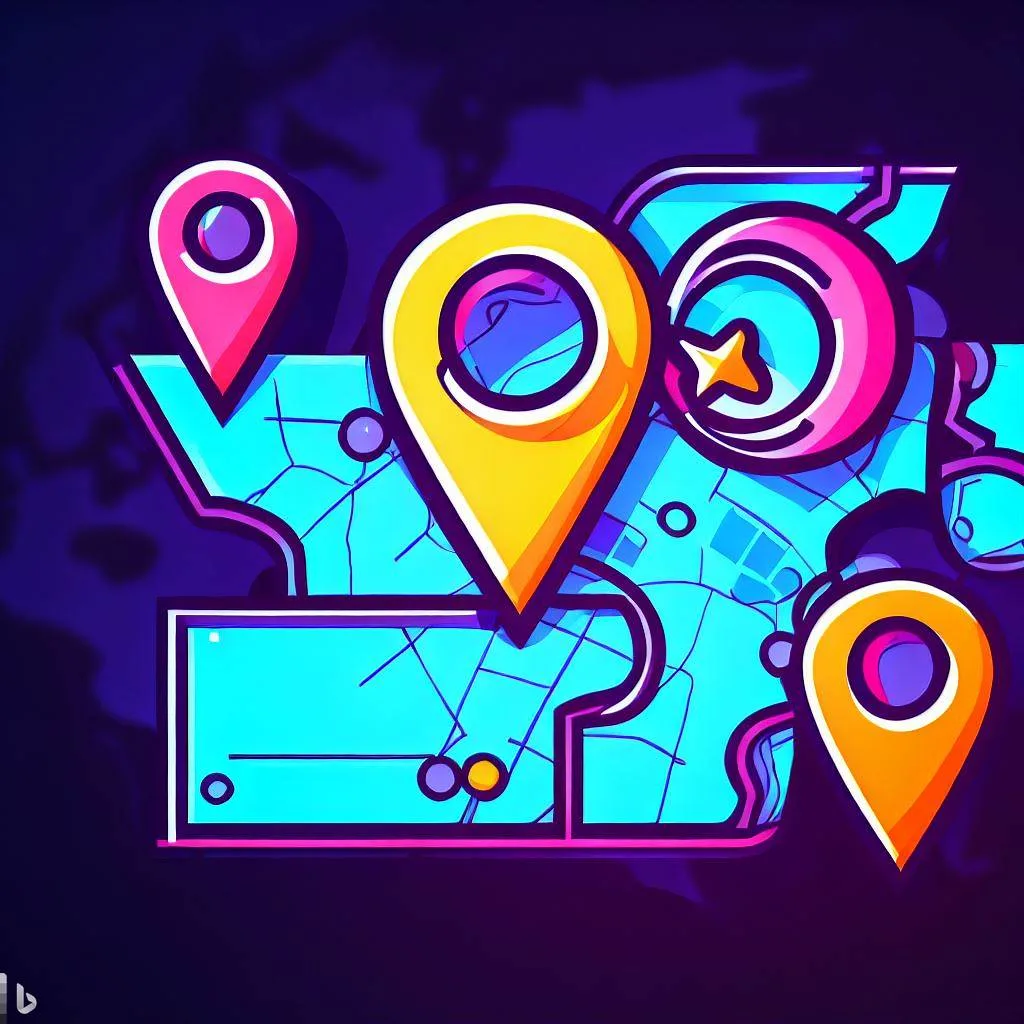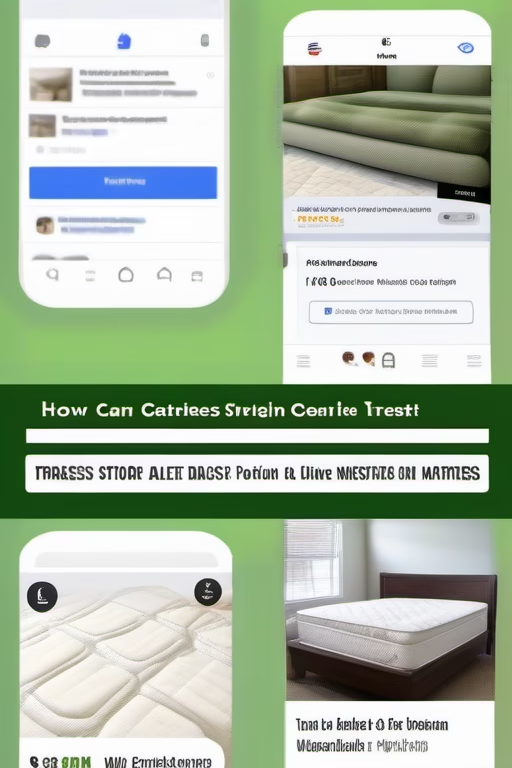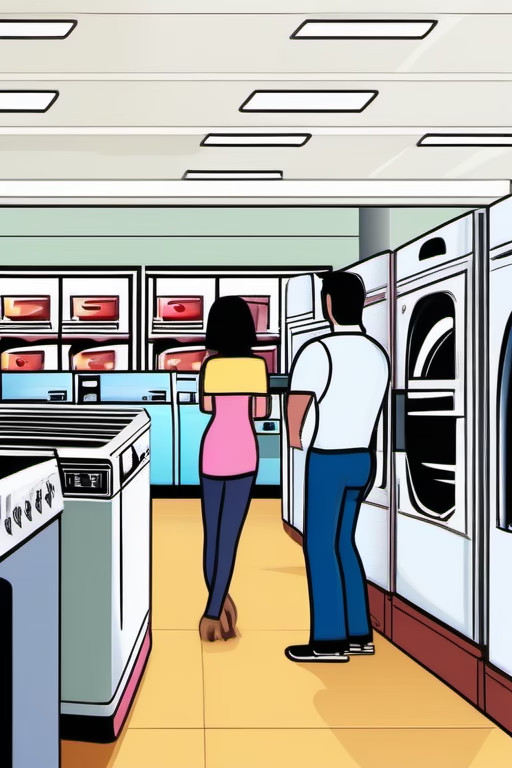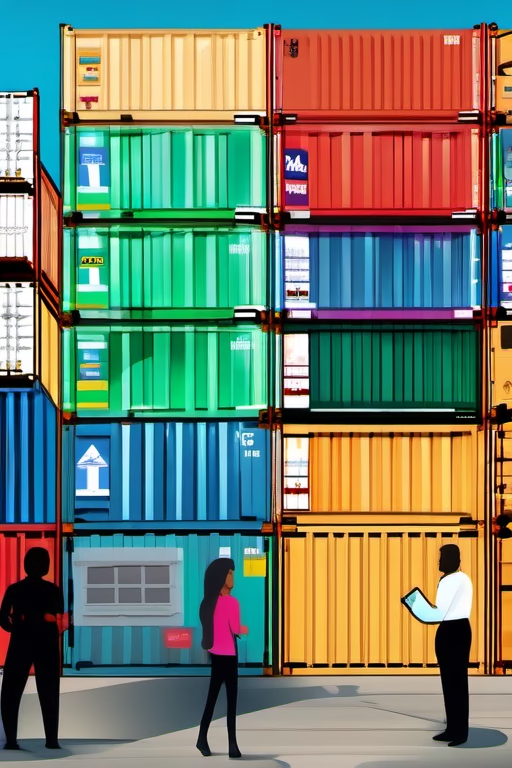How to Use AI to Follow Up With Facebook Leads
Automate Your Follow-Up, Qualify Faster, Close More Deals
Table of Contents
- Introduction: How to Use AI to Follow Up With Facebook Leads
- 1. Understanding AI-Powered Follow-Up
- 2. Setting Up Facebook Lead Ads Properly
- 3. Choosing the Right AI Tools
- 4. Designing Your AI Follow-Up Workflow
- 5. Crafting High-Converting AI Scripts
- 6. Integrating with CRM & Analytics
- 7. Optimizing and Scaling Your System
- 8. Best Practices & Common Pitfalls
- 9. Conclusion & Next Steps
- 10. 25 FAQs
- 11. 25 Extra Keywords
Introduction: How to Use AI to Follow Up With Facebook Leads
How to Use AI to Follow Up With Facebook Leads unlocks the secret to lightning-fast, personalized engagement that turns cold form submissions into eager buyers. In this guide, Market Wiz AI reveals how automating Facebook lead ad follow-up with AI-driven chatbots and email sequences can boost conversions, save hours of manual work, and ensure no opportunity slips through the cracks.
1. Understanding AI-Powered Follow-Up
1.1 Why Speed and Personalization Matter
Leads expect instant responses. AI-powered follow-up delivers immediate, 24/7 engagement—answering FAQs, scheduling calls, or qualifying interests within seconds of form submission.
1.2 How AI Improves Qualification
Machine learning models score leads based on their answers and behavior, routing hot prospects to sales reps and nurturing others through drip campaigns until they’re ready to convert.
2. Setting Up Facebook Lead Ads Properly
2.1 Crafting Your Lead Form
Include essential fields—name, email, phone, service interest—while minimizing friction. Use conditional logic to surface only relevant questions.
2.2 Mapping Form Fields to Your AI System
Ensure each form field syncs to your AI platform or CRM via webhooks, so no data is lost in transit.
3. Choosing the Right AI Tools
3.1 Chatbots vs. Email Automation
Chatbots (ManyChat, Chatfuel) provide instant messaging follow-up, while email platforms (ActiveCampaign, HubSpot) excel at longer nurture sequences. Combine both for maximum reach.
3.2 Key Capabilities to Look For
- Natural Language Understanding to parse varied queries
- Drag-and-drop flow builders for quick setup
- CRM integration to centralize lead data
- Analytics dashboards to measure open, click, and conversion rates
4. Designing Your AI Follow-Up Workflow
4.1 First Touch: Instant Acknowledgment
Send an immediate thank-you message via chat or email, confirming receipt and next steps—“Thank you, Jane! We’ll reach out shortly to discuss your request.”
4.2 Qualification Questions
Ask targeted questions—budget range, timeline, specific needs—to filter high-intent leads automatically.
4.3 Handoff to Human Agent
When a lead meets qualification criteria, trigger an alert to your sales team with lead details and conversation log.
4.4 Nurture Sequence for Warm Leads
Enroll others in a multi-step email or SMS series—case studies, testimonials, limited-time offers—to guide them back until they convert.
5. Crafting High-Converting AI Scripts
5.1 Personalization Tokens
Use dynamic fields—first name, service type—to make messages feel one-to-one: “Hi {{first_name}}, I saw you’re interested in our roofing estimates.”
5.2 Clear Calls-to-Action
Every message should end with a next step: “Reply ‘YES’ to schedule a free quote” or “Click here to pick a time on my calendar.”
5.3 Handling Objections
Prep responses for common hesitations—pricing, timing, credentials—and surface them in your bot flows as suggested replies.
6. Integrating with CRM & Analytics
6.1 Webhook Setup
Configure Facebook Lead Ads webhooks to push data into your CRM in real-time, ensuring leads enter your automated workflows without delay.
6.2 Tracking Conversions
Use UTM parameters and CRM deal fields to attribute sales back to specific AI follow-up sequences—so you know which messages closed deals.
6.3 Dashboarding Key Metrics
Build dashboards showing response time, qualification rate, meeting bookings, and closed deals per campaign—so optimization is data-driven.
7. Optimizing and Scaling Your System
7.1 A/B Testing Flows
Split-test different greeting messages, qualification questions, and CTAs to identify the highest-performing variations.
7.2 Segmenting Audiences
Use lead attributes—interest type, location, company size—to create custom follow-up paths that resonate more deeply.
7.3 Expanding Channels
Extend your AI follow-up to SMS, WhatsApp, or LinkedIn messaging to meet leads where they prefer to communicate.
8. Best Practices & Common Pitfalls
- ✅ Keep flows concise—avoid overwhelming leads with too many messages.
- ✅ Update and retrain your AI model monthly with new chat data.
- ✅ Monitor fallback answers to refine NLU accuracy.
- ❌ Don’t neglect personalization—generic messages underperform.
- ❌ Avoid sending during odd hours—schedule for peak engagement times.
9. Conclusion & Next Steps
How to Use AI to Follow Up With Facebook Leads transforms your pipeline into a self-driving engine—qualifying, nurturing, and closing without constant manual oversight. To get started:
- Pick an AI platform with robust NLU and CRM integration.
- Connect your Facebook Lead Ads and configure webhooks.
- Design concise follow-up flows with clear CTAs.
- Train your bot on historical data and launch a pilot.
- Measure, optimize, and expand to additional channels.
Implement these steps today to boost your response speed, qualify better, and close more deals on autopilot.
10. 25 Frequently Asked Questions
1. What is the benefit of using AI for follow-up?
AI ensures instant, personalized responses at scale—reducing lead drop-off and improving qualification accuracy.
2. Which AI platforms work with Facebook Lead Ads?
Popular options include ManyChat, Chatfuel, MobileMonkey, and custom solutions built on Dialogflow or Azure Bot Service.
3. How do I connect my lead ads to the AI responder?
Use Facebook webhooks to push new leads into your chatbot platform in real-time, triggering follow-up flows automatically.
4. Can I send SMS follow-ups?
Yes—integrate Twilio or other SMS providers with your AI platform to send follow-up texts when leads don’t respond to Messenger.
5. How do I handle leads outside business hours?
AI responders work 24/7—set expectations with an automated “We’ll be in touch within X hours” message and schedule human follow-up during business hours.
6. What questions should I ask in qualification flows?
Focus on budget, timeline, and specific needs: “What’s your budget range?” “When do you need this delivered?” “Which product/service are you interested in?”
7. How do I personalize messages?
Use dynamic fields—{{first_name}}, {{service_type}}, and {{company_name}}—to tailor responses automatically.
8. What metrics indicate success?
Key metrics include response time, conversation completion rate, meeting bookings, and conversion-to-sale ratio.
9. How often should I review my flows?
Monthly reviews ensure your AI stays aligned with new FAQs and evolving lead behavior.
10. Can AI handle complex sales questions?
For nuanced queries, route leads to live agents or schedule a call—use AI for initial triage and simple FAQs.
11. Is no-code setup really possible?
Yes—most platforms offer visual flow editors and guided integrations without coding.
12. How do I avoid sounding robotic?
Write conversational scripts, use emojis where appropriate, and include human handoff options.
13. What about GDPR compliance?
Ensure you collect explicit opt-ins, provide data usage notices, and allow easy opt-outs in every flow.
14. Can I A/B test different messages?
Yes—split your audience and compare metrics to identify the highest-performing variations.
15. What’s the cost?
Entry-level plans start around $10–$20/month; advanced tiers with multi-channel support cost up to $200/month.
16. How do I scale to SMS or WhatsApp?
Connect your AI platform to Twilio or WhatsApp Business API, then replicate your Messenger flows for those channels.
17. How do I track ROI?
Use UTM parameters, CRM deal stages, and custom event tracking to attribute closed sales back to specific AI follow-up sequences.
18. Can I integrate with email campaigns?
Yes—push qualified leads into ActiveCampaign, Mailchimp, or HubSpot for ongoing email nurturing after initial chat engagement.
19. How do I maintain brand voice?
Define tone guidelines and use consistent templates; review chat logs regularly to ensure messaging stays on-brand.
20. What’s the ideal flow length?
Keep initial flows under five messages—enough to qualify and schedule without overwhelming leads.
21. How do I handle no-shows?
Set up automated reminders via SMS or Messenger 1 hour before scheduled calls or appointments.
22. What if leads skip the bot?
Always include a manual contact option—“Reply HELP to chat with our team”—so prospects can bypass automation.
23. How do I update FAQs?
Regularly review new lead questions and add them to your AI’s knowledge base or trigger rules.
24. Can I use this for B2B and B2C?
Absolutely—customize flows for enterprise-level qualification or quick B2C impulse buys.
25. Where can I learn more?
Visit Market Wiz AI’s blog for detailed tutorials, downloadable flow templates, and case studies. Download our “AI Follow-Up Blueprint” to implement in your business today.
9. 25 Extra Keywords
- AI Facebook lead automations
- chatbot follow-up Facebook ads
- Facebook Lead Ads AI integration
- automated Messenger sequences
- instant Facebook lead response
- AI qualification chatbot
- no-code Facebook automation
- CRM Facebook lead sync
- Facebook lead attribution AI
- SMS follow-up for Facebook
- WhatsApp AI responder
- activecampaign Facebook leads
- HubSpot Facebook integration
- ManyChat Facebook lead follow-up
- MobileMonkey Messenger bot
- rapid lead response AI
- AI drip for Facebook leads
- Facebook lead scoring AI
- AI response rate improvement
- automated lead nurture Facebook
- AI chat templates Facebook
- flow builder Facebook bot
- message routing Facebook leads
- GDPR compliant chatbot
- Market Wiz AI lead guide


